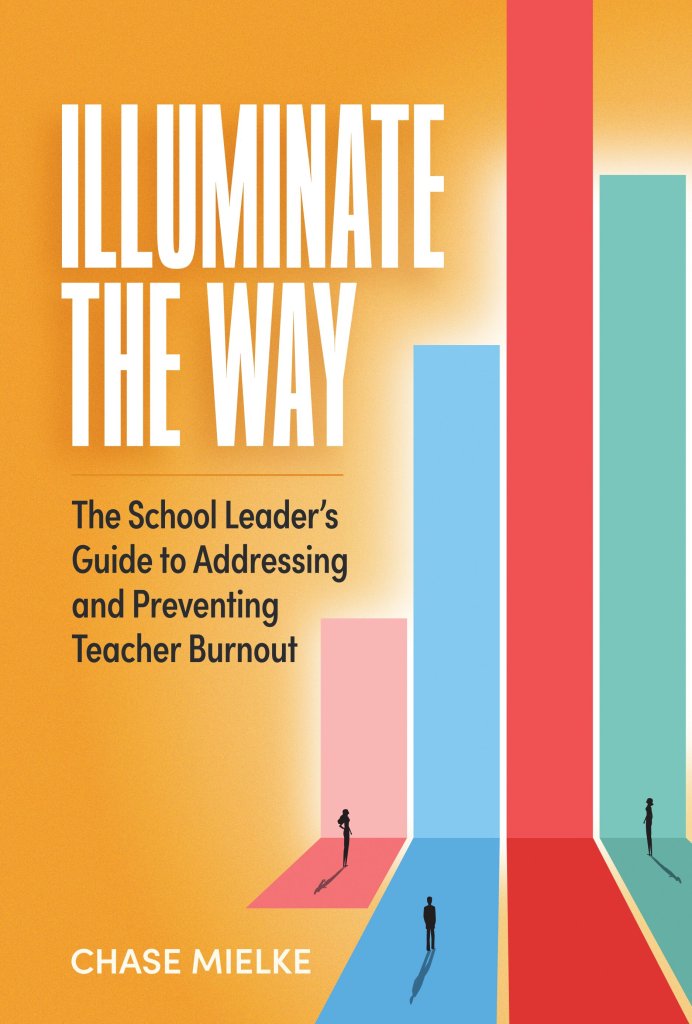The Case for Autonomy in Professional Development
Allowing teachers to select passion projects as their professional learning opportunities can yield big rewards.
Your content has been saved!
Go to My Saved Content.Change is hard because it requires risk. We move from the known to the unknown. Even if individuals aren’t content with their current conditions, the adage “better the devil you know than the devil you don’t” lingers in many minds, preventing workers from trying new things. This is where pilot studies can be helpful.
A pilot study selects a group of individuals to enter an experimental condition while allowing others to stay in the control condition. In creating new approaches to autonomy support, using a pilot study is helpful for many reasons.

1. It allows individuals the choice to participate. We support autonomy two-fold by allowing individuals to choose whether to try out a new approach. Conversely, for those who are anxious about change, overloaded with other work, or skeptical of the approach, they can let others do the experimenting first.
You might wonder, “What if no one or a small number of people wants to try this new approach?” Reduce this likelihood by ensuring that:
- You’ve truly utilized the Curiosity and Compassion Mindsets to understand if this is an area where teachers really want more autonomy.
- You’ve clearly communicated the what, why, and how of the plan. Assemble a small committee to analyze the plan ahead of time to ensure it is well-designed and communicated.
- You’ve considered how the plan might shift workloads. Many people will opt out if it’s more work, so make sure that either the workload isn’t increased or—if it has to increase—that teachers are compensated for the increased workload or exempt from other workloads.
2. It helps work out implementation kinks. Even if you do analyze your plan in advance, no doubt challenges will come up. A pilot allows you to test out issues and learn from mistakes before mainstreaming it for your staff. As you pilot a new approach, build in feedback checks to learn mid-process.
Additionally, the very nature of a pilot study allows us to compare our staff’s experience to the control. We learn the pros and cons of the new approach compared to the status quo, thus making more informed decisions on how to proceed.
3. It creates grassroots movement. Our biggest marketing asset is our staff. We can preach the value of a change for an entire staff meeting (please don’t do this), but teachers will always look to their colleagues to see if it’s genuinely worth their time. A pilot group, then, can advocate on your behalf, speaking to the experience, the benefits, and the tips for doing it well.
To illustrate what this could look like, this is an example from a recent pilot I helped develop for my former school.
A Pilot Study Example: Autonomous Professional Development
Professional development is an essential area to support autonomy. According to one study, increasing teachers’ reported influence over their professional development goals from some to a lot is associated with a nine-percentage-point increase in intention to stay in teaching (Worth & Van den Brande, 2020). It also allows educators to build efficacy in ways most valuable to them.
In the state of Michigan, schools are required to provide 30 hours of professional development. Typically, this involves administrators plotting out all 30 of those hours, deciding the learning focus for the whole staff. Here, we saw an opportunity to pilot autonomy. Because administration values common focus for PD, we didn’t want to eliminate whole-group PD altogether. So, for all staff, 15 of the hours of PD were the same. However, for the remaining 15 hours, staff could opt into one of two groups:
- Traditional Track PD: 15 hours of PD decided by admin. Teachers would attend PD time the same way they did any other year. Fifty-one percent of our staff chose this option.
- Autonomous Track PD: 15 hours of PD focused on an area of interest that the teacher chose. Forty-nine percent of our staff chose this option.
The Autonomous Track developed “passion projects” that aligned with their values, interests, and needs. Working with an instructional coach (me, in this case), Autonomous Track teachers identified one area that could benefit their students, their colleagues, and/or the school culture. Then, they set a goal and a systematic plan for learning about the area and/or implementing new strategies. They could also team up together around shared goals. I checked in throughout the year with each teacher to get feedback on the process, help guide their thinking, and find support and resources as needed.
For the 15 hours, teachers had full choice of how to approach PD. They could visit other schools, attend webinars and conferences, do book studies, and more. They collected evidence of learning and tracked their time. Importantly, they were able to flex their time. For example, our district had the occasional half or full-day PD time each month. During these PD days, Traditional Track teachers attended PD organized by the administration. However, an Autonomous Track teacher could go home early during this time, so long as they logged the three hours at a different time—either before or after.
The culmination of the project was the symposium at the end of the year. During the final half-day, Autonomous Track teachers shared their projects with the whole school in workshop-style presentations. Traditional Track teachers could choose which of their colleagues’ presentations to attend, thus giving them some choice as well. The symposium offered an amazing chance to learn from one another, celebrate our year, and look toward the future with new insights and ideas. Teachers presented topics like project-based learning, developing a math academy, increasing academic discourse, improving staff and student wellness, and integrating technology into instruction.
In the end, 92 percent of the entire staff rated the approach to PD as effective or highly effective (the remaining 8 percent were neutral). Teachers across the board reflected on the benefits of the ability not only to choose paths but also to learn from colleagues about their passions.
Echoing what this chapter is about, one teacher wrote, “More than anything these days, educators need inspiration and a drive to keep going. We want to do more than survive; we want to thrive. Doing passion projects like this—and giving us time to do them—are what keep us going and thriving every day!”
From Illuminate the Way: The School Leader’s Guide to Addressing and Preventing Teacher Burnout (pp. 81–83) by Chase Mielke, Arlington, VA: ASCD. Copyright © 2023 by ASCD. All rights reserved.
